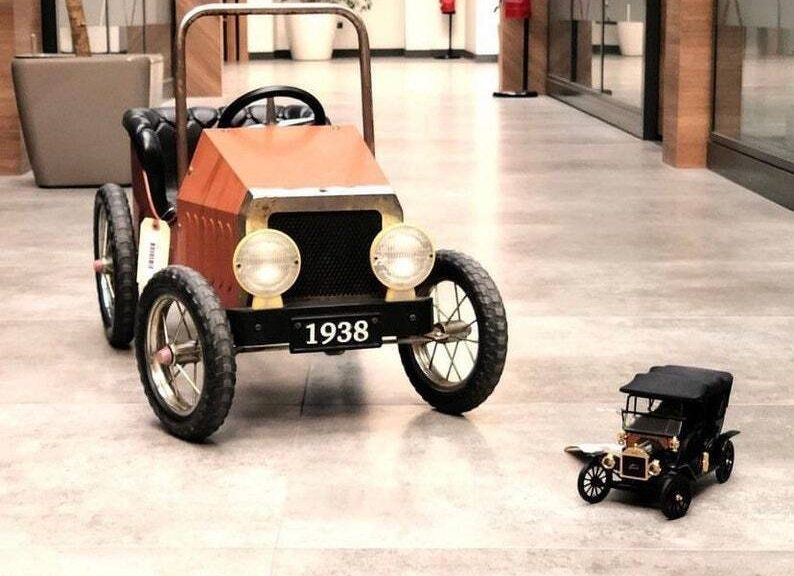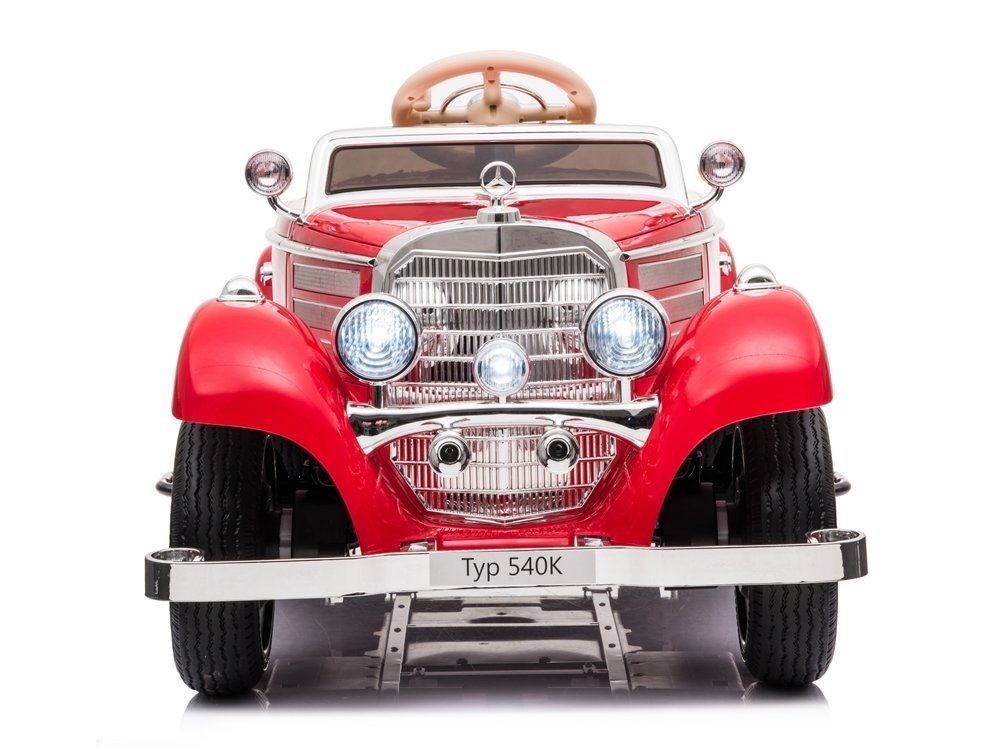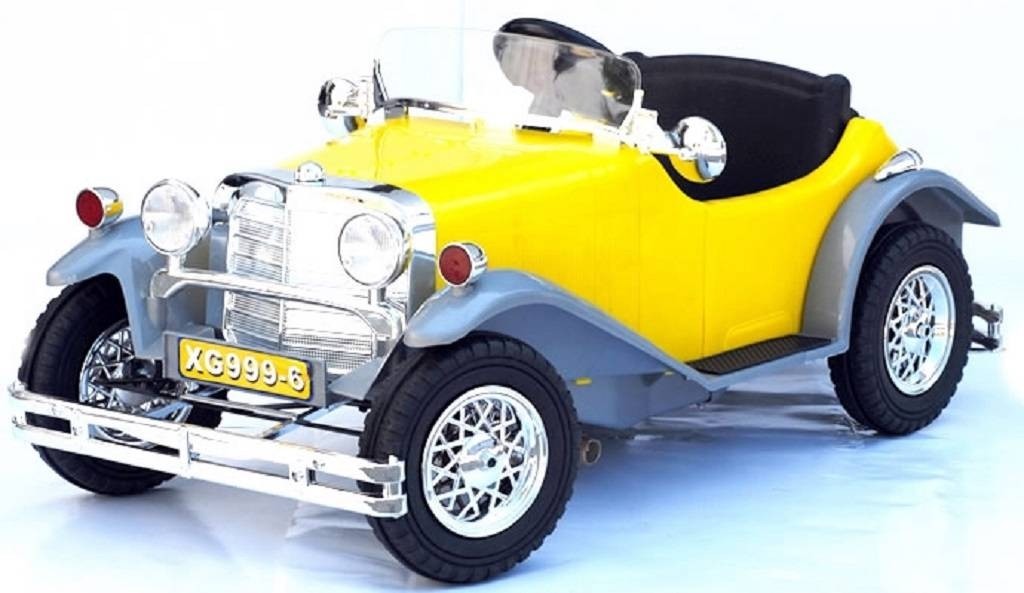
The Evolution of Kids Cars: From Classic Pedal Cars to Electric Ride-Ons
The world of kids’ cars has witnessed a remarkable evolution, transforming from classic pedal cars to modern electric ride-ons. This journey reflects not only advancements in technology but also a shift in the way children play and interact with their toys. In this article, we’ll take a nostalgic trip down memory lane, exploring the roots of classic pedal cars and tracing the fascinating evolution to the contemporary realm of electric ride-ons.
Classic Pedal Cars: A Nostalgic Beginning:
The origins of kids’ cars can be traced back to the early 20th century when classic pedal cars made their debut. These miniature, pedal-powered vehicles captured the imagination of children, providing them with a taste of the freedom and joy associated with driving. Classic pedal cars often mimicked the design of real automobiles, featuring sturdy metal frames, rubber tires, and functional pedals. The simplicity of these toys and their reliance on manual power added a charming and nostalgic element to playtime.
Metal and Chrome: The Golden Age of Pedal Cars:

The mid-20th century marked the golden age of pedal cars, characterized by intricate designs, metal bodies, and chrome accents. These miniature cars emulated the aesthetics of full-sized automobiles of the era, complete with streamlined shapes, bold colors, and detailed features. Pedal cars became more than just toys; they became status symbols, often handed down as cherished family heirlooms. The durability and craftsmanship of these metal pedal cars contributed to their longevity and collectible value.
Transition to Plastic: Adapting to Changing Times:
As the decades progressed, there was a shift in the materials used for kids’ cars. The oil crisis of the 1970s prompted a move away from metal to more lightweight and cost-effective plastic materials. Plastic pedal cars became prevalent, offering manufacturers greater flexibility in design and production. Although the transition to plastic marked a departure from the sturdiness of metal, it introduced a new era of creativity and affordability in the world of kids cars (https://leotoystore.com/collections/kids-car).
The Advent of Battery-Powered Electric Ride-Ons:
The late 20th century saw a revolutionary shift with the advent of battery-powered electric ride-ons. These vehicles eliminated the need for manual pedaling, providing a more dynamic and realistic driving experience for children. Electric ride-ons came equipped with rechargeable batteries, enabling kids to enjoy longer play sessions without the physical exertion required by traditional pedal cars. The introduction of electric ride-ons opened up new possibilities for features such as lights, sounds, and even parental remote controls.
Realism Meets Technology: Modern Electric Ride-Ons:
In the 21st century, electric ride-ons have reached unprecedented levels of realism and technological sophistication. Manufacturers now produce miniaturized replicas of popular car models, complete with realistic detailing, functional doors, and interactive features. High-quality plastics, advanced battery technology, and electric motors contribute to the durability and performance of these modern electric ride-ons. Some models even come with built-in MP3 players, Bluetooth connectivity, and app-based controls, creating an immersive driving experience for young adventurers.

Safety and Parental Controls: A Priority in Modern Designs:
Alongside the evolution of design and technology, a significant emphasis has been placed on safety features and parental controls in modern electric ride-ons. Manufacturers recognize the importance of ensuring a secure ride for young drivers. Many models now come equipped with seat belts, speed limits, and parental remote control options, allowing parents to intervene when necessary. These safety features provide peace of mind for parents while allowing children to explore and enjoy their newfound mobility.
Customization and Personalization: The Modern Touch:
Modern electric ride-ons also offer a level of customization and personalization not seen in classic pedal cars. Parents and children can choose from a variety of colors, themes, and accessories to make the vehicle uniquely their own. This customization not only adds a personal touch but also reflects the contemporary trend of valuing individual expression and creativity in playtime.
The evolution of kids’ cars from classic pedal cars to electric ride-ons is a testament to the adaptability and innovation within the toy industry. While classic pedal cars evoke a sense of nostalgia and simplicity, modern electric ride-ons represent the fusion of realism, technology, and safety. As we look back on the journey of kids’ cars, it’s clear that the essence of providing joy and imagination through miniature vehicles remains unchanged, even as the methods and features have evolved with the times. Whether pedal-powered or electric, these little vehicles continue to drive the excitement and adventures of childhood.